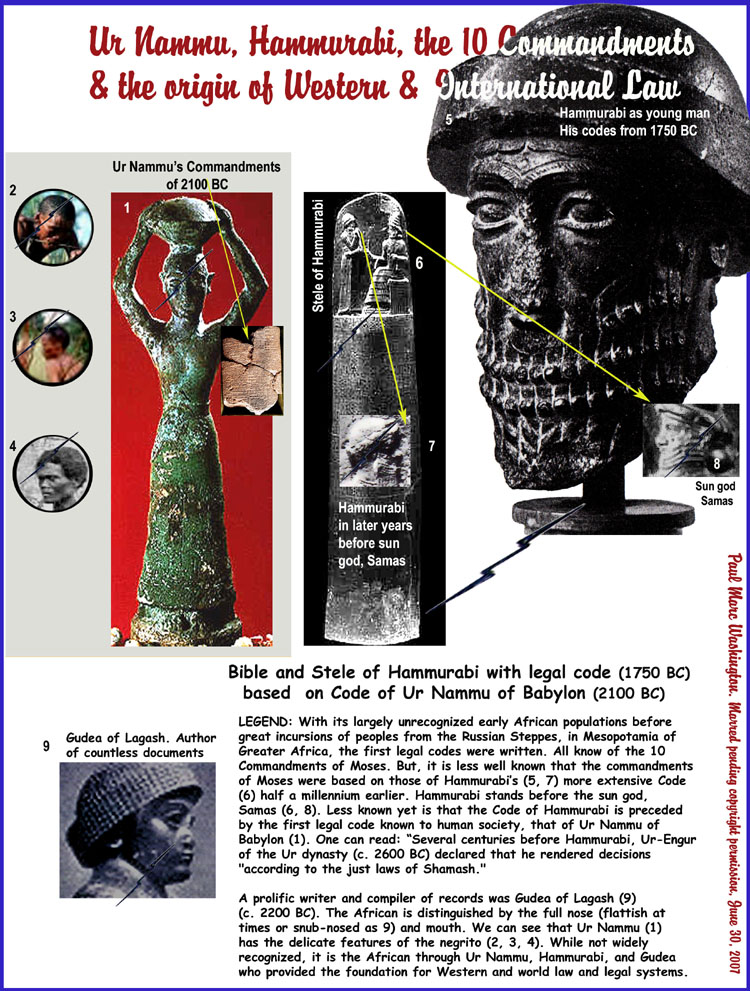
provided by Marc Washington, Budapest, Hungary, best@mail.datanet.hu
Nearly 400 pages of worldwide African (black) history before Columbus, before the West, and before Christ from:
http://www.beforebc.org/AfricanaResources/AfricanaResources/index.of.pages.html
